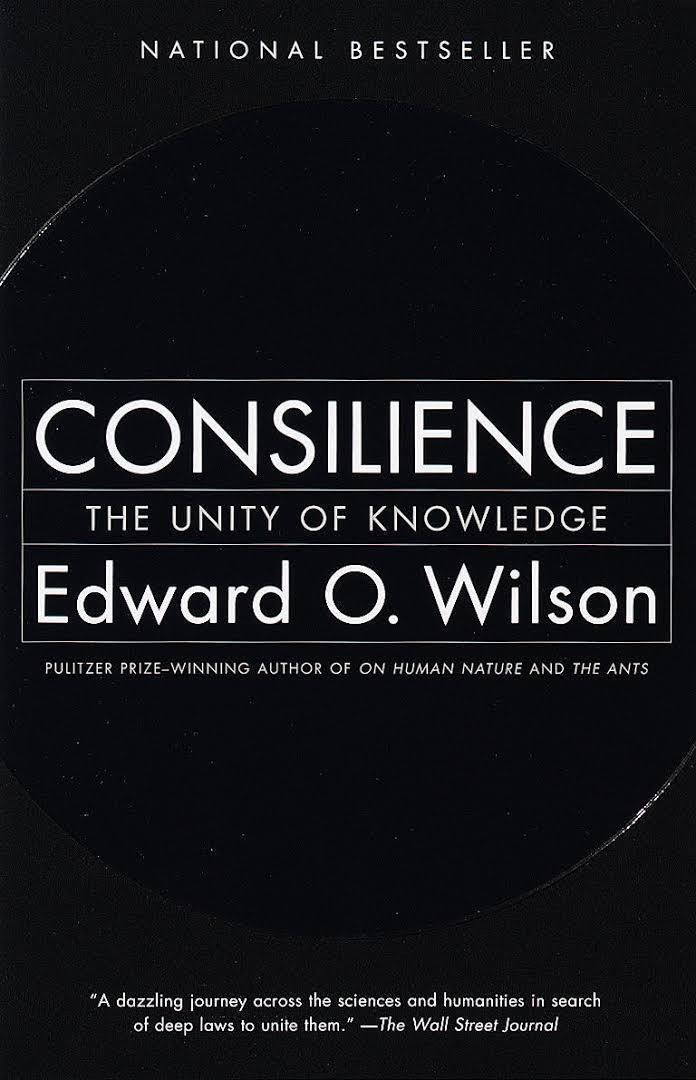7.8 /10 1 Votes7.8
Language English Pages 332 pp. ISBN 9780679450771 Country United States of America | 3.9/5 Goodreads Publication date 1998 Originally published 1998 Genre Non-fiction | |||||||||||||||||||||||||||||||||
 | ||||||||||||||||||||||||||||||||||
Similar E O Wilson books, Non-fiction books, Philosophy books | ||||||||||||||||||||||||||||||||||
Consilience: The Unity of Knowledge is a 1998 book by biologist E. O. Wilson, in which Wilson discusses methods that have been used to unite the sciences and might in the future unite them with the humanities. Wilson uses the term consilience to describe the synthesis of knowledge from different specialized fields of human endeavor.
Contents
Definition of consilience
"Literally a 'jumping together' of knowledge by the linking of facts and fact-based theory across disciplines to create a common groundwork of explanation." (page 7)
Chapter 1
Chapter 2
Chapter 3
Chapter 4
Chapter 5
Chapter 6
Chapter 7
References
Consilience (book) Wikipedia(Text) CC BY-SA
